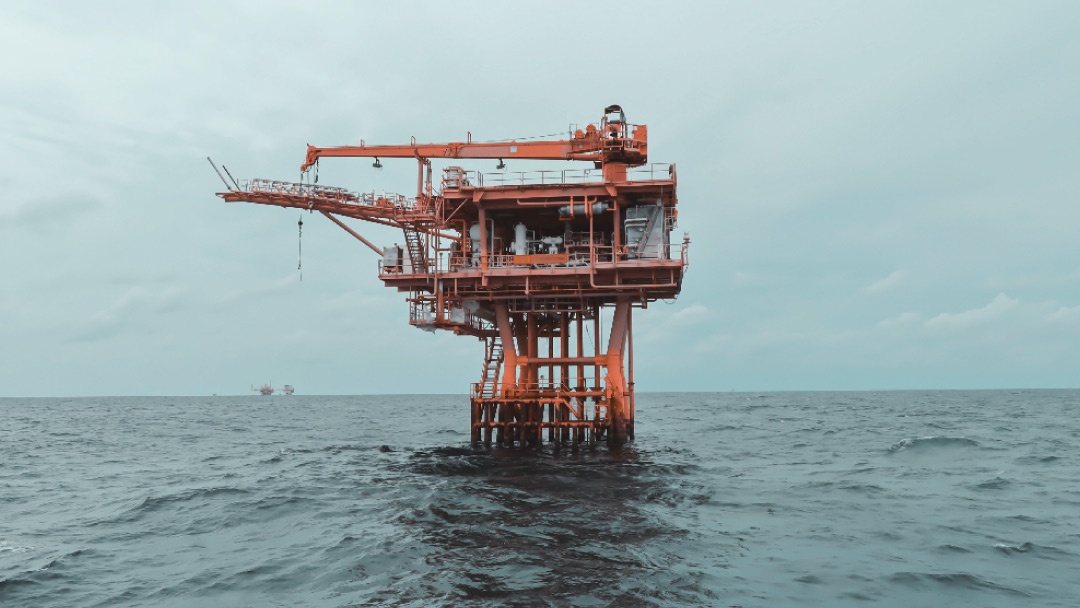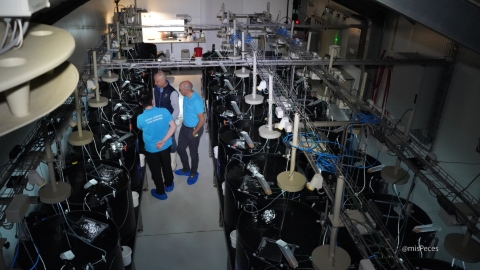
In the Gulf of Mexico, 7,500 oil platforms could be repurposed as marine farms, providing food for a growing global population while capturing millions of tonnes of carbon.
The transformation of outdated offshore infrastructure into hubs of sustainable production is gaining traction, positioning the Gulf of Mexico as the focal point of movement that could redefine global aquaculture. Researchers suggest these platforms, originally designed for fossil fuel extraction, could support large-scale seaweed cultivation-offering innovative solutions to the world’s climate, food, and energy challenges.
With over 7,500 “jacket” platforms in the Gulf, these structures present a largely untapped resource for seaweed farming. A recent study published in Heliyon estimates that repurposing these platforms could create up to 5.43 million hectares of cultivable area, yielding between 6.13 and 81.62 million tonnes of dried seaweed annually.
Seaweed is not only a nutrient-rich superfood but also an exceptionally effective carbon sink. This initiative could capture between 687,784 and 8.6 million tonnes of CO2 each year, making a significant contribution to climate change mitigation.
Economic and Environmental Impact
Repurposing oil rigs could generate substantial economic returns, with potential annual revenues of up to $50.32 billion, based on current market prices for seaweed-derived products.
Furthermore, seaweed cultivation could alleviate pressure on coastal ecosystems and foster a sustainable industry in communities traditionally reliant on fishing and oil extraction.
Despite its potential, this transformation is not without obstacles. The costs of retrofitting oil platforms, along with stringent regulatory requirements, could hinder its feasibility. Additionally, the environmental impacts of large-scale offshore farming-such as competition for nutrients and possible changes to marine biodiversity-require further investigation.
However, researchers propose that developing markets for high-value products like bioplastics or seaweed-based nutritional supplements could offset these costs, paving the way for a viable economic model.
Towards a New Era of Marine Sustainaiblity
The concept of converting oil rigs into seaweed farms aligns with the principles of a circular economy, turning an environmental liability into an economic and ecological asset. By reusing these structures, the costly process of decommissioning-estimated at billions of dollars-could be avoided.
Collaboration between governments, energy industries, and local communities will be essential to make this blue revolution a reality. Policies that incentivize research and development in seaweed aquaculture, along with public and private investment, could accelerate the transition to this sustainable model.
The Gulf of Mexico is now under the spotlight as a natural laboratory for marine innovation. Transforming oil platforms into seaweed farms represents not just a pragmatic solution to complex problems but also an inspiring vision for a future were sustainability and prosperity go hand in hand.


